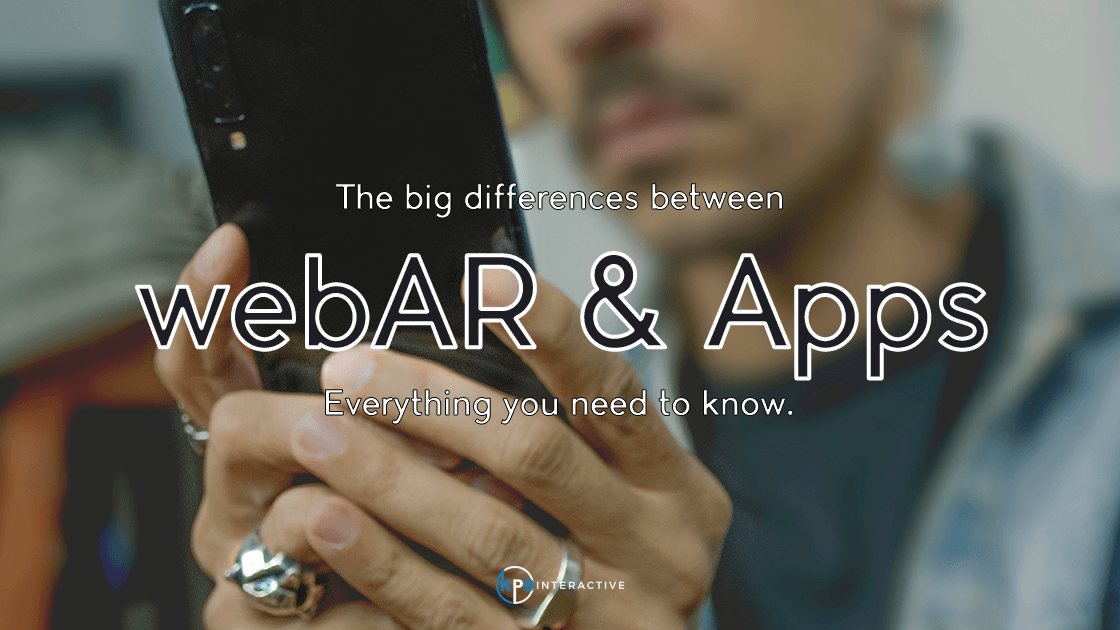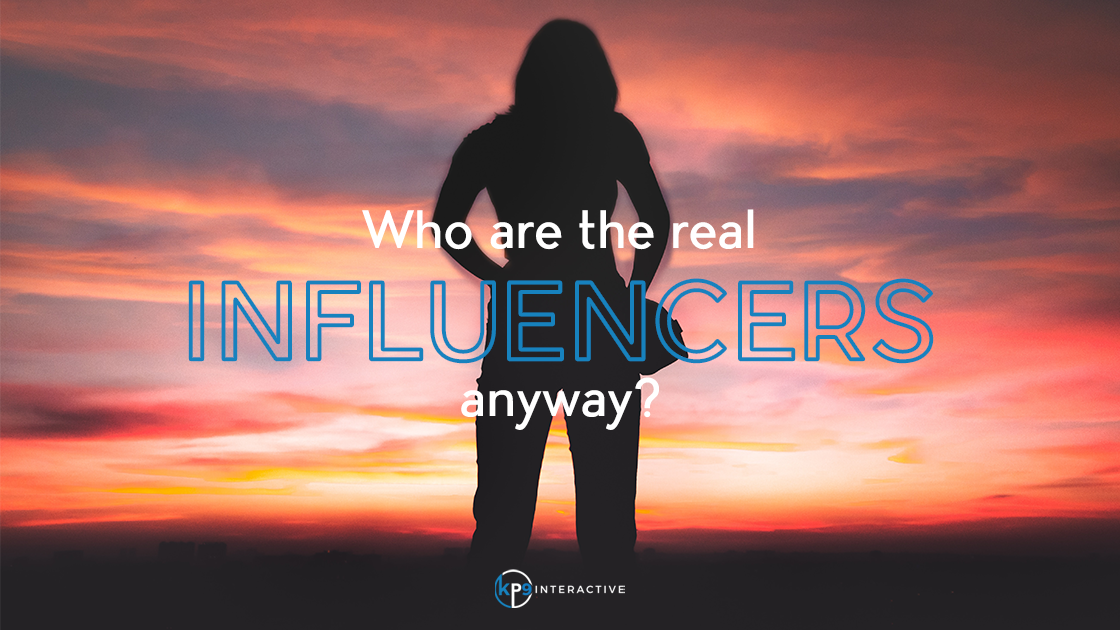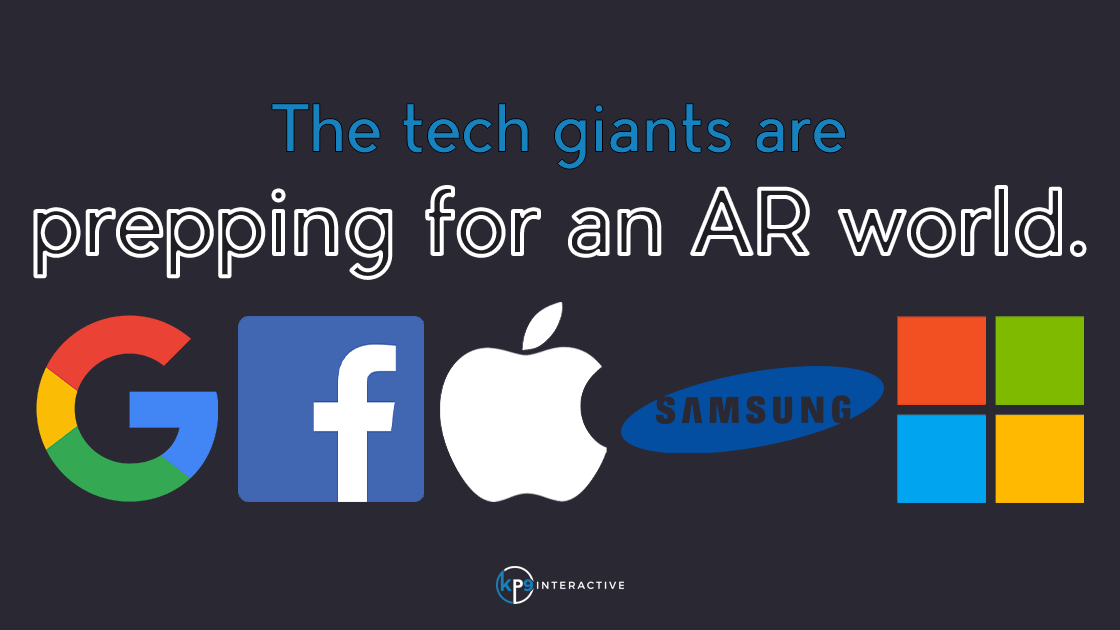
Google The undisputed backbone of the internet is all-in on augmented reality and its perceived benefits to digital immersion. They’ve been working on improving their AR platform, ARCore, since its launch back in 2018. Late in 2019, they offered updates and revamps to their next-generation achievements, namely depth detection and physics aimed at making mobile-based AR more realistic; the results are much more believable, take for example its dedication to occlusion, so when you place a piece of furniture, or a bear in your living room, the object will disappear behind obstacles like a chair or a couch because the software is able to better understand its surroundings. Pretty well every model of Android smartphone released in the past few years is supported by ARCore, so you’re already able to access these features today. The physics they’ve managed to integrate into the API is epic - giving digital AR content the ability to interact with real world objects and surfaces as you’d expect it to in real-life. These advances aren’t quite readily available to the public just yet, but the technology works and is present in current day presentations and demos. In addition to consumer tech, Google also released the Glass way back in 2013 making it a pioneer of belief in AR wearables. The Glass prototype was cancelled in 2015, and re-released as the Google Glass Enterprise edition in July of 2017, with a second iteration released in 2019. Google’s dedication to working with developers and creators is key to seeing this tech released on the world in the next few years.

With every passing day there is seen a new innovation in the market. People are much more absorbed in technology than ever before. In times of social media, technological impacts are visible on a grassroots level. Augmented reality is one of the most sought after technological innovations that is continuously taking business and entrepreneurial landscape by storm. It’s an enhanced interactive experience generated by computerized Systems displayed via 3D High Definition video and audio having the ability to reshape the outlook of digital content, products, and services. AR is an amalgamation of real, virtual and real-time interactive features. This advancement might seem as a recent innovation but the truth is it has been a staple of the content creation discussion and discussed and debated in software development circles for quite some time. Its more recent boom in the mass markets has been caused by innovations like Google Glass , Pokémon Go and many more. Adopting AR techniques to your business’ content marketing strategy can help a brand more effectively tug at the heart strings of their ideal consumer, helping your product sell at a much higher, more consistent pace - and to those who have a vested interest in how you’re presenting valuable new content and information. In this article, we’re taking a closer look at how your business can use augmented reality to achieve maximum benefits. Opportunity Awaits Those Who Embrace webAR The mobile phone is arguably the most popular and commonly used device for consuming content. When it comes to audience awareness and brand perception for potential buyers, mobile devices are consistently on nearly everyone’s person - waiting to be accessed. Augmented reality and the interactive nature of its content represent the 8th mass media, a digital platform that has no expiry date, no accessibility issue for connected individuals, and no bounds from which to exist. You can be selling your products, services, or expertise online or from the trunk of your car - augmented reality positions your content in such a way to encourage engagement and conversion from your most ideal target market. AR Project Management in Construction, Development & Manufacturing More and more reputable firms and brands use real-time AR markers to facilitate plans, goals, and streamline objectives with project management and product development tools. With the passage of time, AR will become one of the most used tools in construction, real estate, and commercial development. 3D models combine all evolving building data, site plan adjustments, and inform architects, engineers, and project managers of structural, aesthetic, and efficiency matters. Construction companies are already benefiting from assistance in the form of specialized automated measurements on-site and in real time during construction with the help of digital mapping. Manufacturing a product involves various complex stages of testing and development like transformation of raw material, supply chains, maintenance, and repairs. All of these stages can incorporate AR in assisting and improving the process before being carried out. It will facilitate employees and reduce on site errors. Already, the automotive, mechanical engineering, architecture, and industrial hardware industries are using various iterations of AR technology to further implement advanced training, improve assembly line efficiencies, and help workers problem solve in real time in an effort to reduce road blocks and downtime. Instant Customer Feedback In order to succeed in any business the primary rule is to deeply understand the problems, and issues your ideal audience routinely runs into. When you understand their pain points, you can tailor your content strategy to intervene by offering a comprehensive solution. The traditional methods of gaining access to customer feedback and reviews require a lot of manual recovery and data analytics platforms, but using AR allows for information to be recovered in real-time as your customer is interacting with your content. Businesses can address both exceptional and less-than-satisfactory customer service, retail environment maintenance issues, find customers in the midst of navigating a pain point, or promote automated up-sale opportunities to guests interacting with AR content. Businesses can now effectively understand their strengths and weaknesses and market presence by viewing how many people interact with specific content each day, how long they interact with certain content, where they find this content, and how consistent conversion rates are realized. These powerful insights allow businesses to tweak, cater to certain ideals, times, tastes, and buying patterns. Augmented reality tools also engage customers by encouraging them to take part in the designing process of products and offer insights on their improvement. This input is then digitally conveyed in real time to you, providing a smoother chain of feedback leading your clients in getting exactly what they want and making you capable of providing it to them with fewer barriers between the customer and a transaction. AR has the ability to create a bridge between customer expectations and vendor fulfillment. AR for GPS, Navigation & Tourism Now clients can find their way by using AR tools in a much more relaxed and fun way. Old school maps and existing geolocation tech can be very confusing sometimes. Customers notice a striking difference by using the camera of any smartphone to access webAR-based virtual overlays and implemented AR Powered Navigation Systems. Instead of following a map, the customer can be guided through a virtual path using the camera on their smartphone. Retail AR will inevitably and fundamentally change the shape of commerce and the retail industry globally. We’ve said it before, and we’ll say it again - the main strength of augmented reality for brands is that the hardware and AR tech is already here and being used by a massive population of engaged shoppers. With retail and shopping, a customer who is not present in-store will be able to effectively try on clothes without seeing them, or even wearing them in a physical sense. Augmented fittings will alleviate a huge pain point for many modern online shoppers by helping them visualize and size garments before buying. This advancement to online shopping will help shoppers feel more confident in their purchasing power, increasing revenues and the likelihood to repeat a purchase. But it’s not all about clothing; AR furniture placement will change the way people interact with online furniture shopping experiences. Take IKEA for example, who have already implemented an AR-based solution so prospective buyers can visualize specific pieces in their spaces in real-time prior to making a purchase. AR for Marketing Probably one of the most interesting fields in which AR can be incorporated is digital marketing. Business cards, billboards, brochures, loyalty cards, posters, print advertisements, and even T-shirt graphics can be augmented in an eye-catching way. Brands will be able to constantly update, change, and add content to their branding, products, and advertisements to boost the worth of their brand presence by adding a dynamic AR detail. Pepsi has successfully incorporated AR in a bus stop screen to get people talking about their brand and give commuters an unforgettable experience that’s about spreading good vibes and having a bit of fun. -- The future of AR is bright. Growing businesses are incorporating augmented reality to get maximum benefits because they know the power of engaging content and entertaining their audiences, supporters, and ideal target demographic. Augmented reality is changing the face of commerce due to its ubiquity and inclusivity. What’s better, KP9‘s WorldCAST engine is a revolutionary and agnostic webAR platform that’s all about giving creative power to the people. When we chose to eliminate coding as a prerequisite to the AR experience, we opened the power of augmented reality content to everyone, helping democratize innovative content possibilities and brand re-imagination.
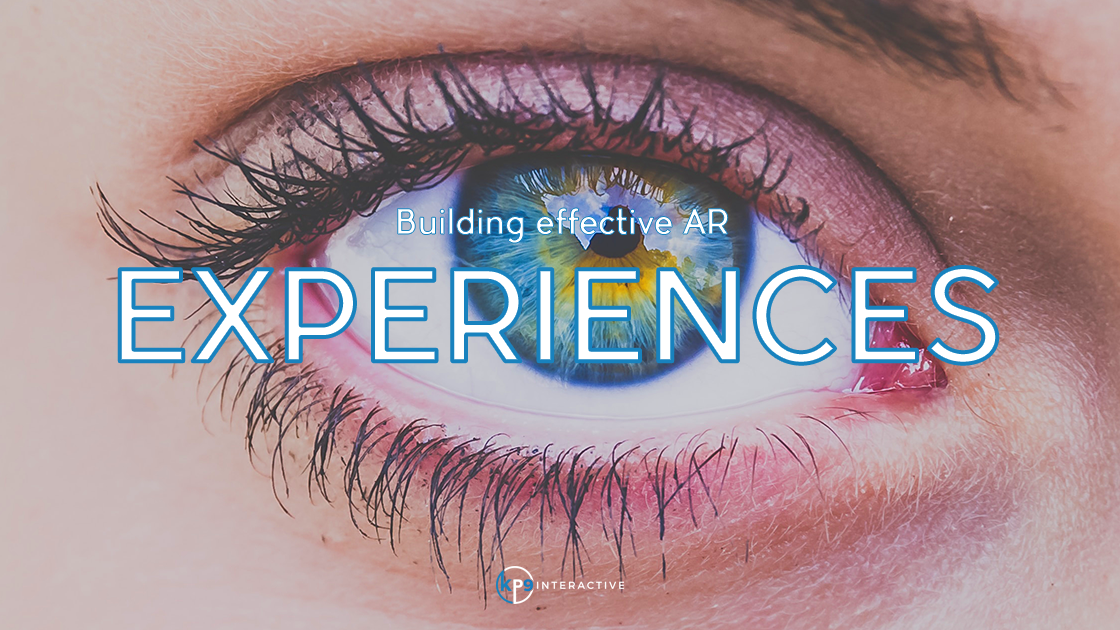
Augmented Reality has grown in leaps and bounds over the past decade. From a backburner technology always earmarked for ‘another project, another time,’ to a blossoming industry that’s caught the attention of tech giants and coveted household brands. AR is well-poised to dramatically transform the way audiences consume content by 2021, and giving this power to consumers is the key. ‘But, we have digital media on lock,’ you say. ‘We’ve already got a slew of effective content generation tactics that drive traffic, convert leads, and connect with their intended audiences ideally’; yeah, that’s cool - the folks who brought you instant messaging probably didn’t think mobile video chat would become the next big thing either. Blockbuster didn’t anticipate Netflix. See? Here at KP9 Interactive, we’ve built the world’s premiere AR-for-all platform that places the power of augmented reality into the hands of digital content creators so they can reach today's digital consumer with an expansive library of incredible 3D animation displays, CASTS, images, and content - all with absolutely no coding experience needed. In this post, we’re going to discuss how you should be aligning your creative thinking to help build effective AR campaigns and experiences that push expand your imagination and ingenuity as an engaged content creator forward. Scope Step one in any digital media campaign is to define the scope of your approach and define the parameters that are going to help set it apart from its competition. Try to play the role of experience architect when beginning your AR experience. To get this flow of experience just right, plot out the narrative of your ideal user from beginning to end. Luckily, creating effective AR experiences is a relatively simple undertaking that’s all about boosting creativity and unlocking capabilities not previously imagined possible for the masses. Consider being able to take a stellar traditional print ad and augment the content with a pop-up video display of a giveaway offer; imagine catapulting your social media engagement, analytics, and targeted audience by parcelling your content with interactive buttons meant to stimulate new eyes and garner clicks. The scope of your AR project could include any of the following geared at making the augmented reality situation a more immersive and engaging experience: Branding - Consider how your brand will be presented in real space, and how to compliment your existing marketing efforts with AR. Audience expectations - You have an audience base already - consider how the addition of AR will impact their perception of your brand or message, and how they’ll best interpret that message. Physical/geographic environments - This is where things start to get creative. Remember, with augmented reality comes the addition of physical space to your content efforts. You can integrate physical landmarks, locations, and geo-targets to help make your content experience specific to a certain place, event, or season to help drive home your messaging. Enhancements - Ask yourself how the inclusion of an augmented reality component will help enhance the content experience. Maybe it’s best to keep things simple for certain applications, and go all-out for others. Maybe sound is a major component of some campaigns, while graphics and 3D models are better served in others. Takeaways - The purpose of most modern digital content is to delight, entertain, and educate (more on this later) but there’s also the need to deliver a compelling call-to-action (CTA). What’s your AR campaign doing to help your audience take new actionable knowledge with them, and how will it convert your audience from a simple consumer of content into a brand ambassador, a customer, or a spokesperson of your marketing efforts? The scope of your AR experience will define everything that comes after. Try to think of this stage as laying out the ideal customer journey with content in mind. Envision yourself using the content yourself to help visualize the experience from their point of view. Impact They say a picture says 1000 words, so a killer AR experience must say a million. That means making a powerful first impression should rank high on your list of how to create an effective AR experience; lose your audience out of the gate with a cumbersome or confusing experience and you can kiss that lead goodbye. Like all content campaigns, AR needs a beginning, a middle, and an end with a deliberate focus on three main pillars of content prowess: Education Entertainment Engagement How do you combine those three elements? Let’s break down Sephora’s use of augmented reality in their 2018 campaign directed at helping people experience their products from home via digital sampling. First, online sales of makeup are epically slow - the reason why? People who buy makeup are typically uncomfortable purchasing a new colour, or shade of lipstick or foundation unless they’ve had the chance to sample it in-store. Sephora worked with Modiface to develop an AR campaign geared towards showcasing the effects of skincare on a users skin. First, it entertains - by placing a users face on the screen to take part in the campaign directly. Second, it educates by helping users see the effects of Sephora’s products on their skin. Third, it engages them from a sales perspective to not only boost online sales, but also word-of-mouth advertising from customers-turned-brand-ambassadors. Conversion In the realm of augmented reality, converting an audience into a believer of AR tech, or converting them into a paying customer is all about a plot unfolding. Just like in a movie, you’re guiding a user from one end of the spectrum to the other - and in the process, your campaign will either convert them to your intended realization, or not. Like any movie, that plot unfolds over time - could be one minute, could be an hour. The kicker is, not all of this plot has to unfold via augmented reality. AR can become the proverbial feather in the cap of a broader media experience, or the crown jewel of a digital finale. Take Adidas Originals , for example. Their attempt to “even the playing field for everyone” during the 2018 ComplexCon in California is a prime example of a masterful AR plot to engage the user and convert them into a paying customer. Attendees downloaded an app, enabled push notifications, and were able to follow Unlock the Drop points to find AR-powered signs . These signs allowed users to select colours, sizes, and make a payment - then they were led to a locker on-site where their new kicks were waiting. These app users were directed on a journey that ended with a sales conversion without having to engage with Adidas staff whatsoever. --- AR is coming to the masses - but it’s already shaping the experiences modern content consumers are having in the real world. They’re interacting with augmented reality campaigns to find new ways at engaging with the brands they respect. The next big thing is coming, and consumers of content will always jump ship quickly once it’s accessible and social-friendly. Plus, AR is already a $1.09B global opportunity for marketing and advertising that has big brands chomping at the bit to get in line with immersive experiences like the viral insanity generated by Pokemon Go and Snapchat’s facial recognition AR filters . We’re primed and ready to generate and support the next viral AR campaign here at KP9. All we need is your creativity.
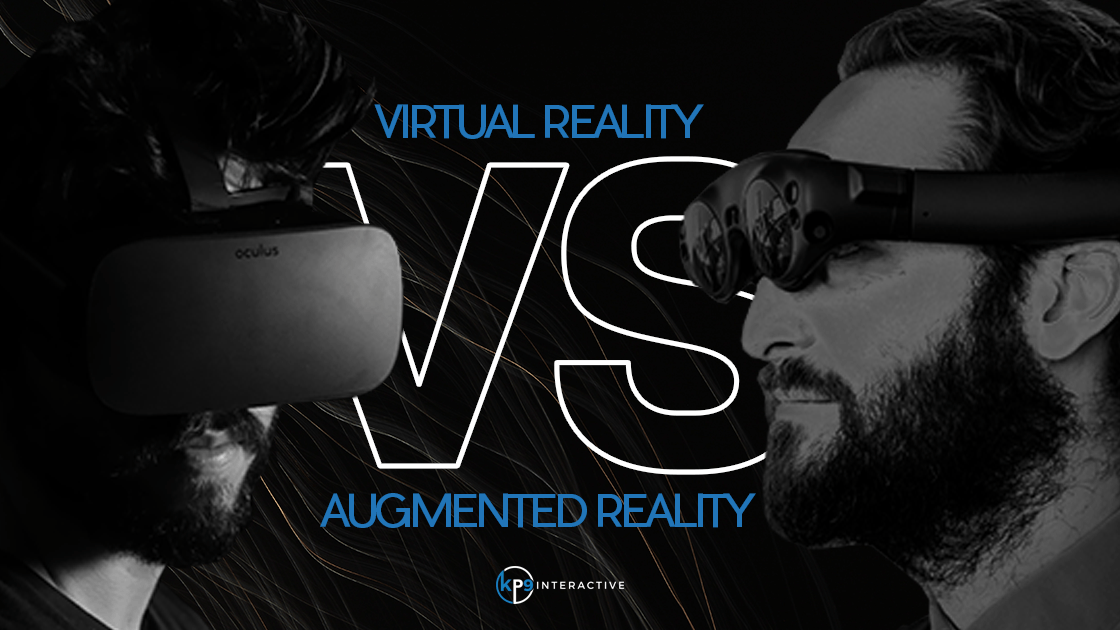
The quicker technologies like augmented reality evolve, the quicker everyone seems to think they’re all related, or all the same thing. New social media apps are often perceived to replicate the functions of their competitors, while others assume the newest tech is owned by the biggest, baddest tech companies out there. This can put a huge damper on progress, on consumer acceptance of new tech, and of market buy-in as a whole. We’re stubborn, silly creatures, us human beings - and when we fail to educate ourselves or let the opinions of the masses inform our thinking, we can miss out on some pretty exciting stuff. The two very different terms ‘augmented reality’ (AR) and ‘virtual reality’ (VR) get thrown around a lot as interchangeable technologies that have very similar functions - so a lot of people assume they’re the same - but they’re not. The monumental success of augmented reality -based game, Pokemon Go , triggered mainstream adoption of AR tech, while the Oculus Rift VR headset rekindled an interest in virtual reality. As these technologies continue to develop and evolve, their underlying concepts can blend together a bit, and that’s OK with us - but AR and VR are very different concepts. So What’s Virtual Reality? Virtual Reality headsets like the HTC Vive , Oculus Rift , and Valve Index are completely immersive experience-based generators that take over your entire field of vision with opaque blinders. When they’re off, it’s just like having your eyes closed. They work, in essence, by LED or OLED panels being refracted by lenses to display a virtual reality setting. It could be a vast wild landscape, a medieval battleground, or it could place you on top of Mount Everest. In short, VR tech allows you to be visually transported to another place, essentially seeking to replace your physical reality with a visual one for a period of time. They’re strategically designed to help your brain register being elsewhere, which makes them a powerful agent of experience-based applications. Tethered VR headsets use six-degree-of-freedom (6DOF) motion tracking technology which use external sensors and cameras, allowing the headset to not only track your head movements to update your field of vision, but any movement you decide to take in any direction so you can navigate virtual space as if you’re actually there. That space is often limited to a few square meters. Be careful not to trip over the cord that tethers you to the VR interface - these things are pretty realistic! To make things even more exciting on the go or even at home - untethered hardware like the Oculus Quest using inside out tracking - allow for full immersion in games like Vader Immortal . The underlying thought behind VR is taking you to a physical location you cannot occupy, right now. The power and allure of VR technology is its ability to transcend your local environment and replace your perception of reality with an entirely new digital space. Pretty cool stuff. How About Augmented Reality? Augmented Reality on the other hand, adds digital elements to your vision, rather than seeks to replace it outright. WebAR is here, which rids users of having to download and use cumbersome apps, helping to elevate the level of immersion, but it still falls short of the full-vision immersion found in VR by comparison. While most VR uses a 6DOF interface, augmented reality functions perfectly fine using a three-degrees-of-freedom (3DOF) system when it projects an object into your field of vision. Most AR applications utilize 6DOF to track a users’ physical location so the app software can maintain a grasp on consistent positioning to deliver a fast and aesthetically pleasing image in 3D space. While AR may fall short in the immersive experience department, it more than makes up for it when it comes to application diversity. Augmented reality is nearly limitless in its capability from a real-life usage perspective; it has the power to totally transform our everyday lives to integrate technology into our realm of consciousness. Let’s imagine you’re walking down the street looking for a spot to grab a bite. Smartphone-based AR tech is already more than capable of recognizing your physical surroundings and providing information in real-time on your screen, or in the frame of your smart glasses. This info-centric take blends a digital and traditional reality to form a hybridized view of your individual life. AR, in this sense, is ridiculously adaptable, absurdly powerful, and bound by little more than your own curiosity. It’s got the power and usefulness to completely change how the masses use computer technology and how we interact with our surroundings by adding to our reality, rather than seeking to replace it. Let’s Recap! Virtual reality is all about replacing your visual reality with a prescribed representation of an alternate space; it’s sole purpose is to transport people elsewhere and present visual information with a full-immersion experience in mind. Augmented Reality, on the other hand, cannot fully take over your vision, but instead seeks to add to your current reality by projecting useful information on your field of vision in real space. MagicLeap founder, Rony Abovitz, says the term AR in a popular culture sense, is interpreted by people to include the act of pointing a phone at something - but as augmented reality tech moves forward, we could see the phone become optional, and wearable mobile-based hardware like glasses become more highly-immersive. Smart glasses technology like the Epson Moverio , Vuzix Blade , and NReal Light use augmented reality to project objects in real-space in front of your eyes through the predominant use of AR apps. Looking at both technologies from a wider scope - augmented reality is essentially limitless in terms of what it can and cannot present to users while VR has profound benefits and capabilities in powerhouse industries like gaming and mental health therapy, for example. Our prediction is to ultimately see AR and VR technologies become more heavily integrated in a pseudo collaborative and supportive way, integrating mainstream technological devices to assume the position of welcome providers of both knowledge and entertainment. This concept of AR and VR blitzed together is referred to as Mixed Reality , essentially a hybridization of the real world and the virtual world to create impactful experiences and opportunities; but that’s a topic for another day. Augmented and virtual reality are related, but very different. They differ in how they present human occupation of space and offer a sense of informational and spatial freedom.
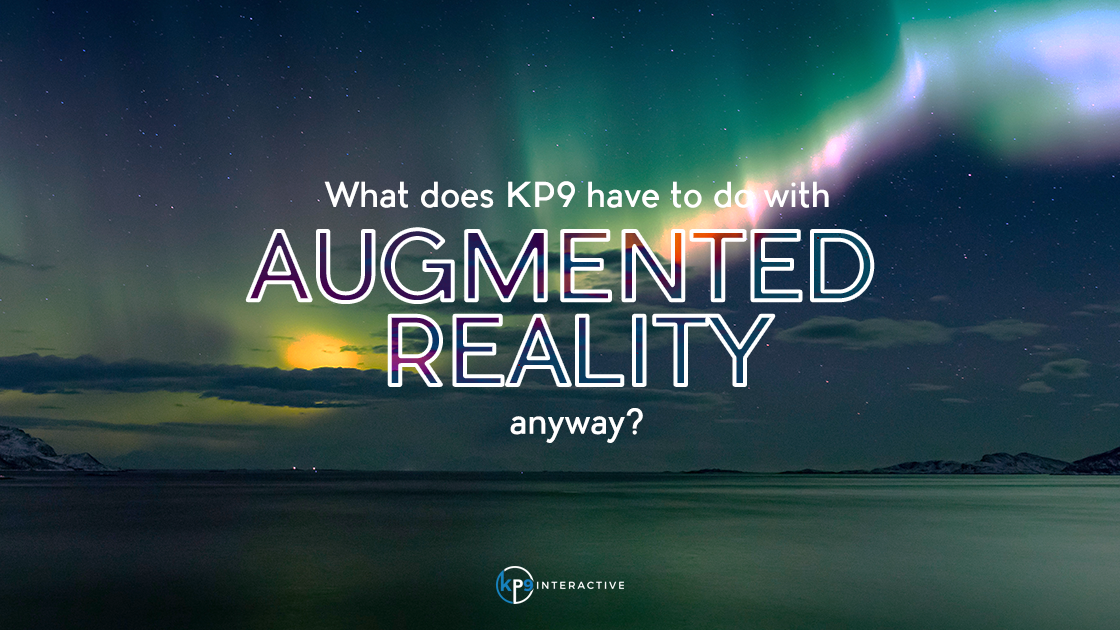
Augmented reality technology has come a long way since KP9 jumped into the fold. It’s continually crept up from the waters edge on an evolutionary trail, hellbent on cementing itself as the next mass media craze - and further, continuing its quest to integrate with real life. At its core, augmented reality is all about innovating, adapting, transforming, and disrupting the ways we’ve interacted with digital content in the past. The ultimate goal of AR is to seamlessly integrate its new tech prowess into the lives of the masses by offering a unique view of the real world, augmented by the perks of creative digital content. The software exists; augmented reality applications are here and have been generating serious interest from some big names - Apple, Microsoft, Amazon, Facebook, Google. They’ve all dipped their toes in the primordial soup of AR technologies. What we’re waiting on, is the hardware that’ll help make the tech accessible for all in a meaningful way. Think innovative products like Vuzix Blade Smart Glasses or Epson Moverio. Picture this in your minds’ eye: You’re at a football game and your son or daughter needs to use the restroom in the middle of a play. Classic. You’re wearing your AR sunglasses and you need to know where the closest restroom is, but you’re wondering how long the wait time is going to be to grab a pretzel on the way back. You cue up your glasses and take a look around. The arena has invested in augmented reality technology, so you’re greeted with virtual objects in real-time. An icon tells you the closest washroom is a short 45-second walk away. You look down at your feet only to find a yellow trail helping guide you there. You look back at the concession stand and learn there’s an approximate 6-minute wait for pretzels. Perfect. You turn your glasses off, and return your undivided attention to spending an afternoon with your family. Alternatively, let’s imagine you’re hiking a gorgeous trail on a hot summer day. There’s not a cloud in the sky. You’re enjoying the foliage of the forest, but what you’re really hoping to find is a unique vantage point from which to snap a few killer photographs. You cue up those AR glasses and are directed to a site just off the beaten path that offers a great view, low foot traffic, and the ideal spot to break for lunch for a few minutes. You would have walked right past that spot had it not been for AR tech helping you optimize your awareness of your natural environment. The beauty of this technology is, it creates situational awareness in our everyday lives using interactive digital content and removes some of the guesswork from how we typically behave. The ultimate goal of our work at KP9 is to ensure this profound new digital experience is available to the masses on the smartphones of today, while working tirelessly to build the future of AR experiences for the wearables of tomorrow. AR has the potential to help us explore our world, helping us benefit from the vastness of available digital content. It disrupts behaviour. It challenges what we think we already know. It has the power to change how we interact with the world around us. That’s powerful stuff. So what does the term KP9 have to do with augmented reality? We named our company after the aurora borealis - the Northern Lights - which occur over our home on Georgian Bay on the Great Lakes. What we typically observe here usually ranks as a KP3-KP5 on Kp-index. These geometric storms are essentially major disturbances of the planet’s magnetosphere, happening when there’s an epic exchange of energy from the solar wind to the space surrounding Earth. According to Aurora Forecast , the Kp-index describes “the disturbance of the Earth’s magnetic field caused by the solar wind . The faster the solar wind blows, the greater the turbulence. The index ranges from 0, for low activity, to 9, which means that an intense geomagnetic storm is underway.” Our local systems are regarded as ‘quiet,’ ‘unsettled,’ and ‘active.’ A KP9 is the highest measurable geomagnetic storm, which would cause worldwide disruption, but would also produce the most beautiful auroras of dancing skyward lights. KP9 Interactive aims to do just that - disrupt the content you consume in everyday life and create stunning, impactful content experiences that mean more to the people experiencing them. Can you predict a massive, global geometric storm? Somewhat yes, but the real allure for KP9 Interactive has been accepting and working with the unknowns; weathering the storm, while creating others. We’re as unpredictable as the dancing Northern Lights, all while relentlessly reminding our industry of the beauty that surrounds us.
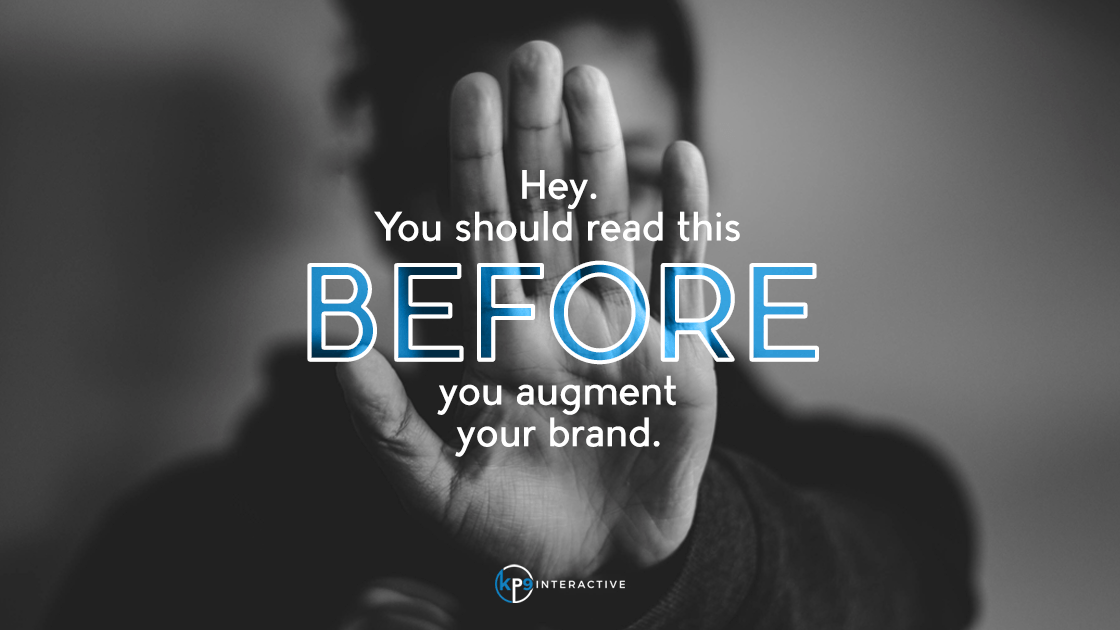
Your brand is looking at using #AugmentedReality for #Marketing. Great! But there are some things to keep in mind if you want to maximize your return on investment. You're embarking on something new and bold, after all, and you need to know how AR will ensure that your customers become and remain engaged with your brand. Here, then, is a very short list out of a very long list of must-have items to include for maximum retention of the intended audience as well as for quantifying ROI: Metrics Probably one of the most overlooked benefits of an AR app. An AR campaign using proper analytics will tell you precisely where, when and for how long the experience or campaign was engaged with. Information is power, and you can't beat immediate stats. Onsite applications could include a museum or gallery, where user traffic can be translated into a heat map giving insight into the flow of engagement. Which exhibits do users pass by? Which ones do they congregate around? With analytics you can examine which exhibits under-perform and implement potential solutions, and learn from successful exhibits why they do well. Offsite applications can give insight into where campaigns are being viewed. If you're handing out interactive marketing pieces at a tradeshow, wouldn't you want to know where they get activated and how often? You can learn all about – and master – the context in which your marketing materials are used. Customer Rewards An AR rewards program can integrate into all aspects of the shopping experience, from initial app registration, to browsing for an item in-store, right up to post-sale customer review: at every step along the way, customers can collect points and incentives. Brick and mortar stores will need to up their game to compete with e-commerce, and in-store scavenger hunts with pop-up coupons or promotions to be unlocked are a dynamic way of building brand advocacy and keeping the shopping experience fresh by making shopping an adventure. An AR rewards program gives users a reason to keep your app on their device. Augmented reality is more than Pokémon GO-like experiences AR removes the limitations imposed upon your campaigns by conventional media. AR can be used for: GEO placed videos for location-oriented brand messages that blend AR with the environment for immediacy and impact IoT connectivity to bring up proximity information on items using beacons in brick and mortar locations, or above signs or actual property in real estate applications Product placement, which lets users see your vehicle in their driveway Wayfinding, which brings users directly to what they want, when they want it So, when striking out into new territory, it pays big dividends to take care of the basics. Once you know how your success is tracked, how your campaign can reward app users, and how versatile your app can be, you are well on your way to augmenting your brand. Contact us today at hello@kp9.ca to get started with your next big project.


